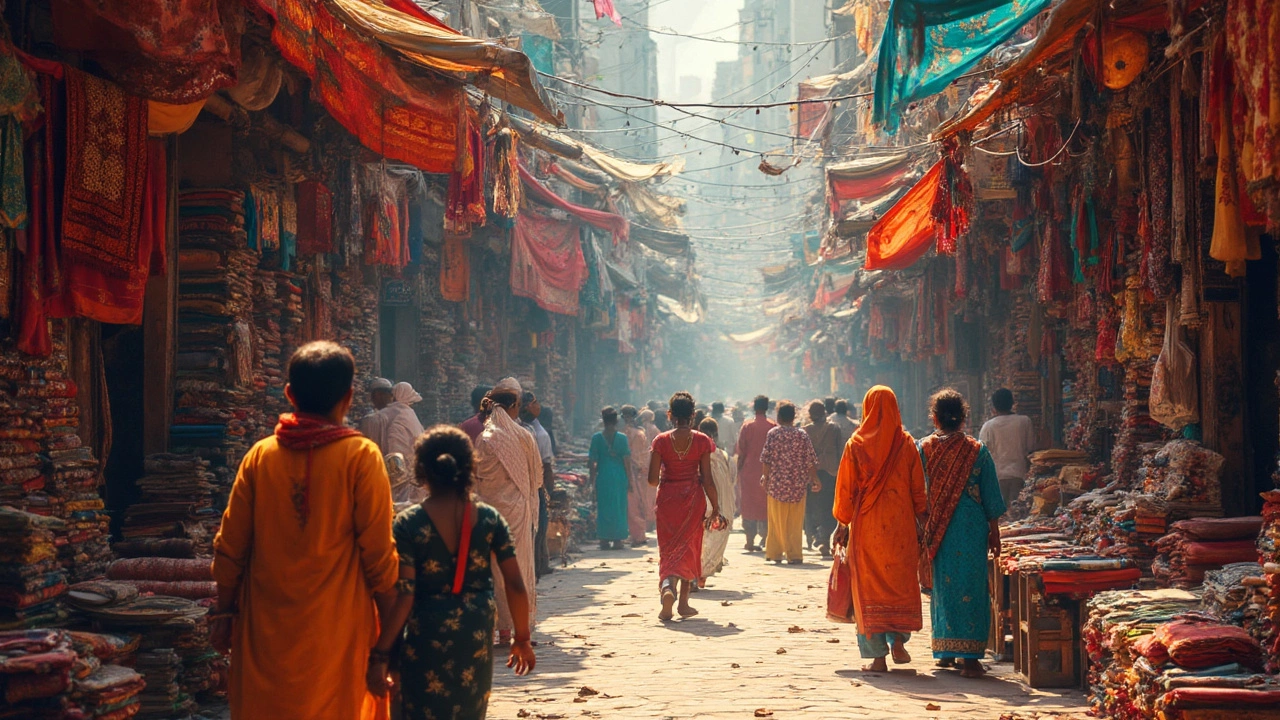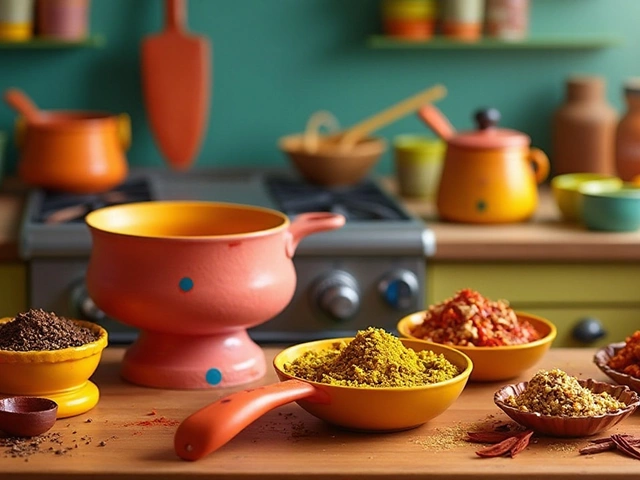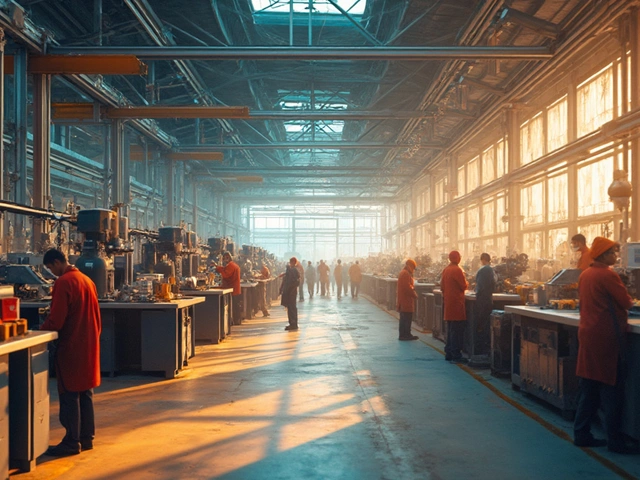Textile Hubs: Where Fabric Meets Speed, Cost, and Quality
If you’ve ever wondered why your T‑shirt is cheap or why some brands can ship fast, the answer lies in textile hubs. A hub is simply a place where a lot of fabric is made, finished, and shipped. These spots usually have cheap labor, modern machines, and good transport links. Knowing the strengths of each hub helps you choose the right supplier or plan a career in the industry.
Big Players in 2025: Who Leads the Pack?
Our latest guide ranks countries by price, speed, quality, and sustainability. China still holds the biggest share because it can produce huge volumes at low cost. India is catching up fast – it offers competitive wages, a growing technical‑textile sector, and a push for greener processes. Vietnam and Bangladesh score high on price and speed, while Turkey shines for high‑end fashion fabrics.
When you compare these hubs, think about trade‑offs. A low‑price hub might need longer shipping times, while a high‑quality hub could cost more per yard. The quick decision map in the guide lets you match your priorities – whether it’s a budget line or a premium collection.
What Makes a Hub Sustainable?
Today buyers ask more than just about cost. They want fabrics that are made with less water, fewer chemicals, and fair labor practices. Some Indian states have introduced water‑reuse systems for dyeing, and Bangladesh’s “green factories” are getting certifications. Look for hubs that publish their sustainability data – it’s a good sign they invest in long‑term responsibility.
Another tip: smaller hubs in Eastern Europe often specialize in organic cotton or recycled polyester. They may not have the massive output of China, but they can provide niche, eco‑friendly materials without a huge price jump.
Bottom line: a good textile hub balances price, speed, quality, and sustainability. Use the 2025 guide to spot the best fit for your next project, and keep an eye on emerging hubs that are improving their tech and green standards.
Need more practical steps? Start by mapping your product’s key requirements – is fast delivery your top need, or do you need premium feel? Then shortlist hubs that excel in that area and ask suppliers for sample timelines, cost breakdowns, and sustainability reports. A clear, data‑driven approach saves time and avoids surprises down the line.
Whether you’re a small brand, a large retailer, or just curious about where fabrics come from, understanding textile hubs gives you the power to make smarter choices. Keep exploring, compare the numbers, and you’ll find the right hub that fits your budget and values.
Biggest Textile Market in India: Which One Takes the Crown?
India's textile industry is a mix of traditional craftsmanship and modern technology, with sprawling markets that reflect its vibrant culture. This article explores the largest textile market in India, providing insights into its significance, what makes it stand out, and how it influences the country's economy. Additionally, the piece offers practical tips for navigating this bustling hub, ensuring that manufacturers and buyers alike are well-prepared for the market's dynamic environment.
View More




